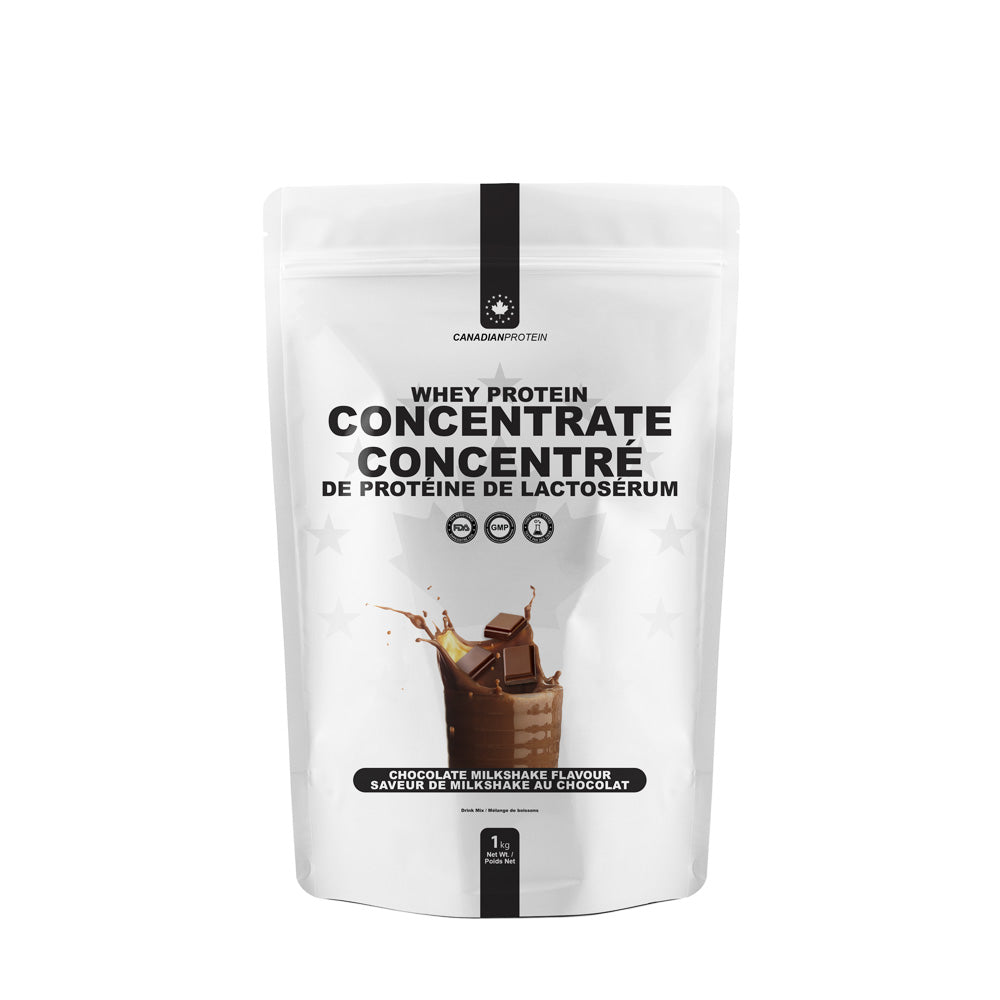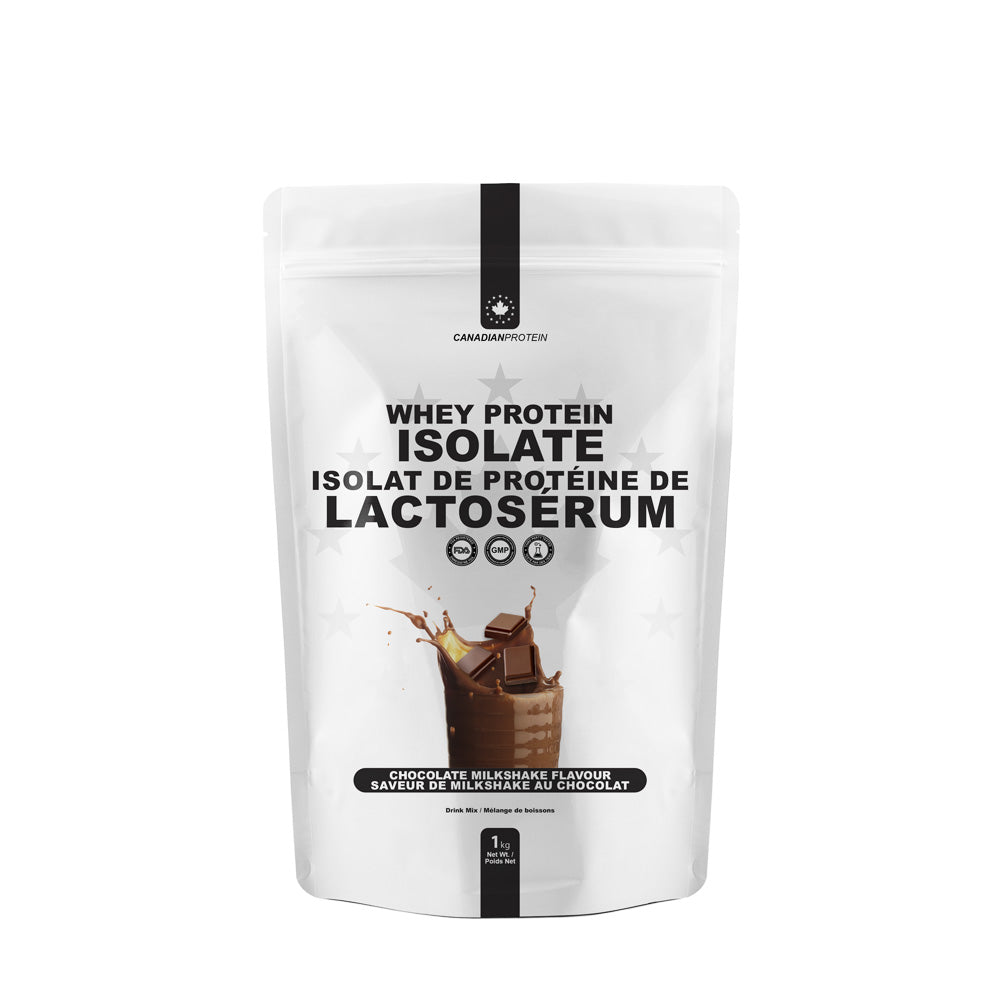Weight training and the different variations of it are becoming more and more popular with each passing day, in countries all over the world. More and more people are making the conscious decision to put down the remote, swap the beer for a protein shake, grab their gym kit, and head to their local gym to pump some iron and begin improving their physiques. Some people think that building muscle is as simple as curling a set of dumbbells a few times a week, and downing the occasional protein shake when they can be bothered. In reality however, bulking up, increasing lean muscle mass, and generally improving your physique is far from easy. Even the actual exercises and training techniques themselves are far from simple. It may be hard to believe, but even the biggest, most jacked-up guys in the gym still tend to make some pretty common errors with their training. Whether you have years or experience, or if you’re a gym newbie, you can and will still make mistakes. Here’s a look at five of the most common weight training errors, and what you can do to avoid making them yourself.
Cheating with your reps

When talking about common weight training mistakes, this is arguably the most common of all. Unless they’re incredibly disciplined, pretty much everybody cheats with their repetitions, which basically renders the exercise useless, or at the very least, nowhere near as effective as it would have been with the correct form. The barbell flat bench press for example. The idea of this exercise is to slowly lower the bar down until it ever so slightly grazes your chest, before you push the weight back up in a safe and controlled manner. Some people don’t do that however, some people lower the bar as quick as they can, and actually bounce it off their chest to gain momentum. This is not only dangerous, but it’s taking your pectoral muscles out of the equation rendering it pointless. If you have to bounce the barbell off your chest to gain momentum, you’re using too much weight, so strip away some pounds from the bar, and try again with a lighter weight. “Cheat curls” are another example. If you’re curling an EZ bar or dumbbells, or even a barbell, if you have to lean backwards and rock back and forth to get the weight up, your biceps aren’t doing the work so you may as well not bother. Always practice perfect form.
Performing too many low reps
If your goal is to build muscle mass, numerous studies have revealed that the ideal rep range for most exercises is between 8 – 12 reps. That basically means that the weights you are using should allow you to perform 8 – 12 reps before you fatigue. Going any lower than that, is not as effective when it comes to muscle growth. If you’re looking to increase your strength levels, then that’s fair enough, but if muscle growth is your goal, aim for a slightly lighter weight that really becomes difficult once you hit 8 – 12 reps.
Not training to failure
Training to failure is guaranteed way of knowing that you have truly pre exhausted that particular muscle group and have done all that you can do with that particular working set. If for example, you’re shoulder pressing a set of dumbbells, and you comfortably perform 8 reps, yet you could easily have performed another 4 – 5, you should have performed those 4 – 5 reps, or as many as you could before your body couldn’t perform another repetition unassisted. Not every single working set has to reach failure, but the majority of them do, and at the very least, every exercise should include one working set to failure. Ideally you should be aiming for at least two working sets going to failure for each exercise, preferably the last two.
Too many isolation exercises

Again, this will depend on your current goals and targets, but if you’re looking to build muscle, one common mistake that many people make is focussing on too many machine-based isolation exercises. Isolation exercises isolate one muscle group only, so the machine chest press for example, will only work the chest. If you were to perform barbell bench presses however, the chest, the deltoids, the triceps, and even the core muscles would all benefit and would all be worked slightly. Exercises that work multiple muscle groups simultaneously are known as compound exercises. If muscle growth is your goal, make sure you perform more compound exercises than isolation exercises. Machines and exercises designed to isolate certain muscles are still extremely beneficial, though they’re better left towards the end of your workout, or perhaps for super setting with a compound movement to really fatigue the muscles and maximise muscle growth.
Forgetting about a post-workout protein shake
Let’s face it, if you’re lifting weights on a regular basis and are really pushing yourself in the gym, you’re probably pretty serious about building muscle and getting in shape. Diet and nutrition is an incredibly important part of the whole muscle growth process, especially post-workout nutrition. As we lift weights, the tiny fibres and tissues within our muscles become damaged and broken down. We’re essentially destroying our muscles. We grow when our bodies repair these muscles, synthesising new muscle tissue via protein synthesis. In order to grow and recover more effectively however, the body needs nutrients, including plenty of protein. When we workout, glycogen and nutrient stores within the cells in our muscles quickly deplete and find themselves empty. After we finish our workouts, as these cells are empty, they are primed for maximum nutrient absorption, which basically means they can absorb more protein, amino acids, and other nutrients essential for the growth and repair of muscle tissue. This is known as the anabolic window and it only lasts for around one hour MAX after a workout. Any longer than that, and the cells return to normal which means they won’t be able to absorb quite as many nutrients. As soon as you finish your workout, you ideally want a protein shake mixed with water, ready to be downed, perhaps with additional amino acids to aid in recovery. The more nutrients the muscles can absorb, the more efficient their recovery process will be. To help drive these nutrients into the cells even quicker, many bodybuilders will consume a simple sugar source with their protein shake, to create a spike in their insulin. An orange, some fruit juice, or some other piece of fruit will create that much-needed insulin spike.













